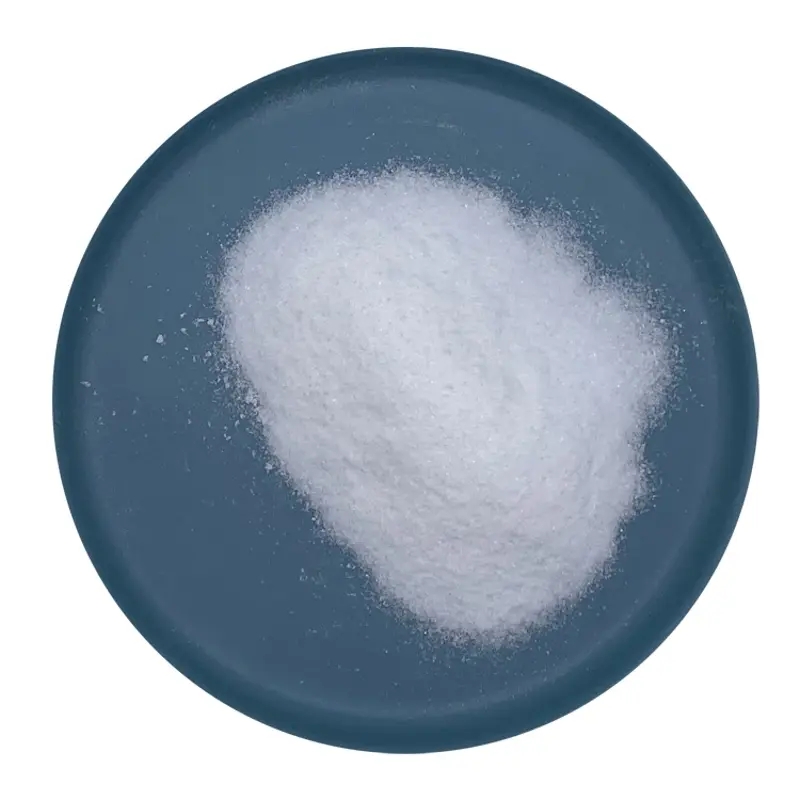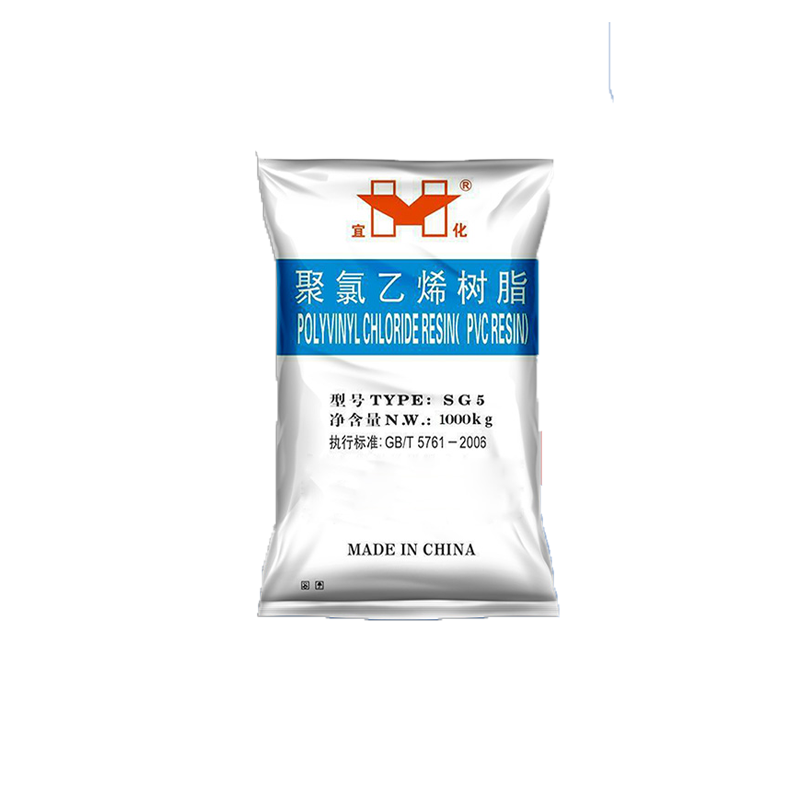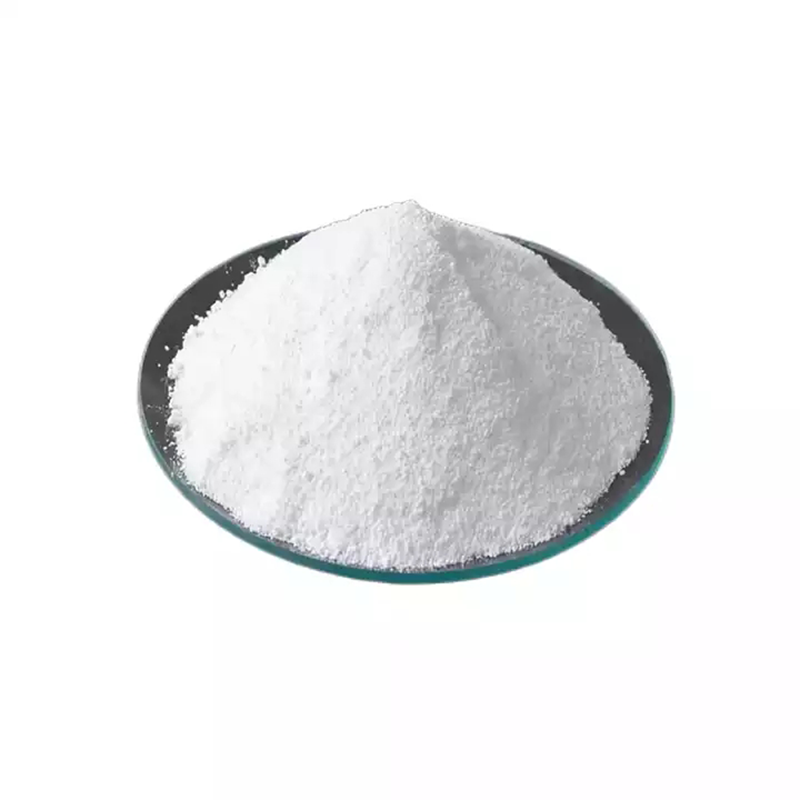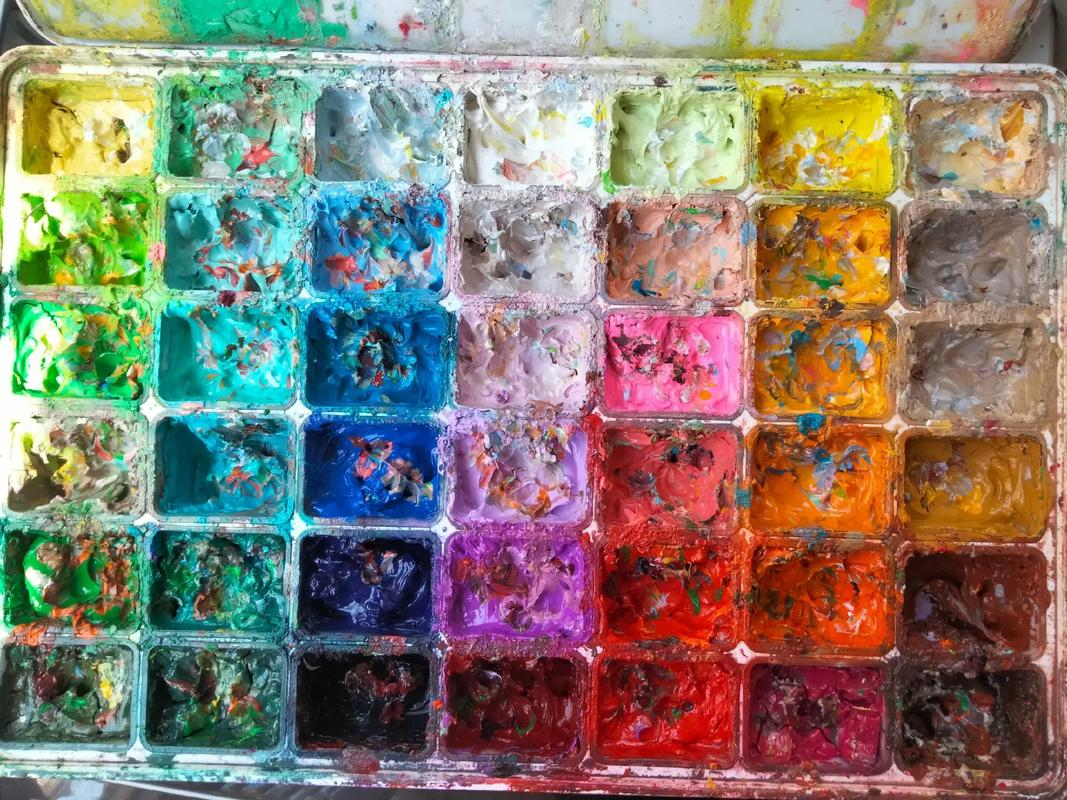The development of PVC
ä½ä¸ºä¸çä¸åºç¨èå´æ广ï¼äº§éæ大çå·¥ä¸åææ-pvc, ä½ æå¿ è¦äºè§£ä¸ä¸PVCçåå±åç¨ã
As the most widely used and most productive industrial raw material PVC in the world, it is necessary for you to understand the development history of PVC.
èæ°¯ä¹ç¯æ©å¨1835年就为V.å尼奥åç°ï¼ç¨æ¥å ç §å°æ°¯ä¹ç¯æ¶çæä¸ç§ç½è²åºä½ï¼å³èæ°¯ä¹ç¯ã
PVC was discovered by V. Lenio in 1835. it generates a white solid, when vinyl chloride shined by sun, it is PVC.
PVCå¨19ä¸çºªè¢«åç°è¿ä¸¤æ¬¡ï¼ä¸æ¬¡æ¯Henri Victor Regnaultå¨1835å¹´ï¼å¦ä¸æ¬¡æ¯Eugen Baumannå¨1872å¹´åç°çã20ä¸çºªåï¼ä¿å½åå¦å®¶Ivan Ostromislenskyåå¾·å½Griesheim-Elektronå ¬å¸çåå¦å®¶Fritz Klatteåæ¶å°è¯å°PVCç¨äºåä¸ç¨éï¼ä½å°é¾çæ¯å¦ä½å å·¥è¿ç§å硬çï¼èæ§ççææã
PVC was discovered twice in the 19th century, once in 1835 by Henri Victor Regnault and the other in 1872 by Eugen Baumann. At the beginning of the 20th century, Russian chemist Ivan Ostromislensky and German chemist Fritz Klatte of Griesheim Elektron Company tried to use PVC for business, but the difficulty was how to process this hard and brittle material.
1912å¹´ï¼å¾·å½äººFritz KlatteåæäºPVCï¼å¹¶å¨å¾·å½ç³è¯·äºä¸å©ï¼ä½æ¯å¨ä¸å©è¿æå没æè½å¤å¼ååºåéç产åã
In 1912, Fritz Klatte, a German, synthesized PVC and applied for a patent in Germany, but failed to develop a suitable product before the patent expired.
1926å¹´ï¼ç¾å½B.F. Goodrichå ¬å¸çWaldo SemonåæäºPVC并å¨ç¾å½ç³è¯·äºä¸å©ãWaldo SemonåB.F. Goodrich Companyå¨1926å¹´å¼åäºå©ç¨å å ¥åç§å©åå¡åPVCçæ¹æ³ï¼ä½¿å®æ为æ´æé§æ´æå å·¥çææ并å¾å¿«å¾å°å¹¿æ³çåä¸åºç¨ã
In 1926, Waldo Semon of B.F. Goodrich Company in the United States synthesized PVC and applied for a patent in the United States. Waldo Semon and B.F. Goodrich Company developed a method of plasticizing PVC by adding various additives in 1926 to made pvc more flexible and easy to process, it quickly gained wide application in business.
PVCæ¯ä¸å年代åå®ç°å·¥ä¸åçãä»ä¸å年代起ï¼å¨å¾é¿çæ¶é´éï¼èæ°¯ä¹ç¯äº§éä¸ç´å¨ä¸çå¡æç¨éä¸å å± ç¬¬ä¸ä½ãå å年代åæï¼èä¹ç¯å代äºèæ°¯ä¹ç¯ãç°èæ°¯ä¹ç¯å¡æè½éå± ç¬¬äºä½ï¼ä½äº§éä»å å¡ææ»äº§éçååä¹ä¸ä»¥ä¸ã
PVC was industrialized in the early 1930s. Since the 1930s, for a long time, the output of PVC has been ranking first in the world plastic consumption. In the late 1960s, polyethylene replaced PVC. Although PVC plastics now rank the second, its output still accounts for more than a quarter of the total plastic output.

ä½å¨ä¸å年代ä¸æï¼äººä»¬è®¤è¯å°èæ°¯ä¹ç¯æ èåå¶åä¸æ®ççåä½æ°¯ä¹ç¯ï¼VCMï¼æ¯ä¸ç§ä¸¥éçè´çç©è´¨ï¼æ çå¨ä¸å®ç¨åº¦ä¼å½±åèæ°¯ä¹ç¯çåå±ãä¸è¿äººä»¬å·²æåå°éè¿æ±½è½¦çéå¾éä½æ®ççVCMï¼ä½¿èæ°¯ä¹ç¯æ èä¸VCMä¼å«éå°äº10ppmï¼è¾¾å°å«ç级æ èè¦æ±ï¼æ©å¤§äºèæ°¯ä¹ç¯çåºç¨èå´ãçè³å¯ä½¿æ èä¸çVCMå«éå°äº5ppmï¼å å·¥åæ®ççVCMæå°ã对人ä½åºæ¬æ 害ï¼å¯ç¨ä½é£åè¯å è£ åå¿ç«¥ç©å ·çã
However, in the mid-1970s, people realized that the residual monomer vinyl chloride (VCM) in PVC resin and products is a substance that could result in cancer, which would undoubtedly affect the development of PVC. But, it have successfully reduced the residual VCM through automobile and other means, so that the VCM content in PVC resin is less than 10ppm, meeting the requirements of sanitary grade resin, and expanding the application scope of PVC. It can even make the VCM content in the resin less than 5ppm, and the residual VCM after processing is very little. It is basically harmless to human and can be used as food and drug packaging and children's toys.
Recommanded products from TDD:
 Yihua Brand PVC Resin Powder SG-5 type
Yihua Brand PVC Resin Powder SG-5 type















